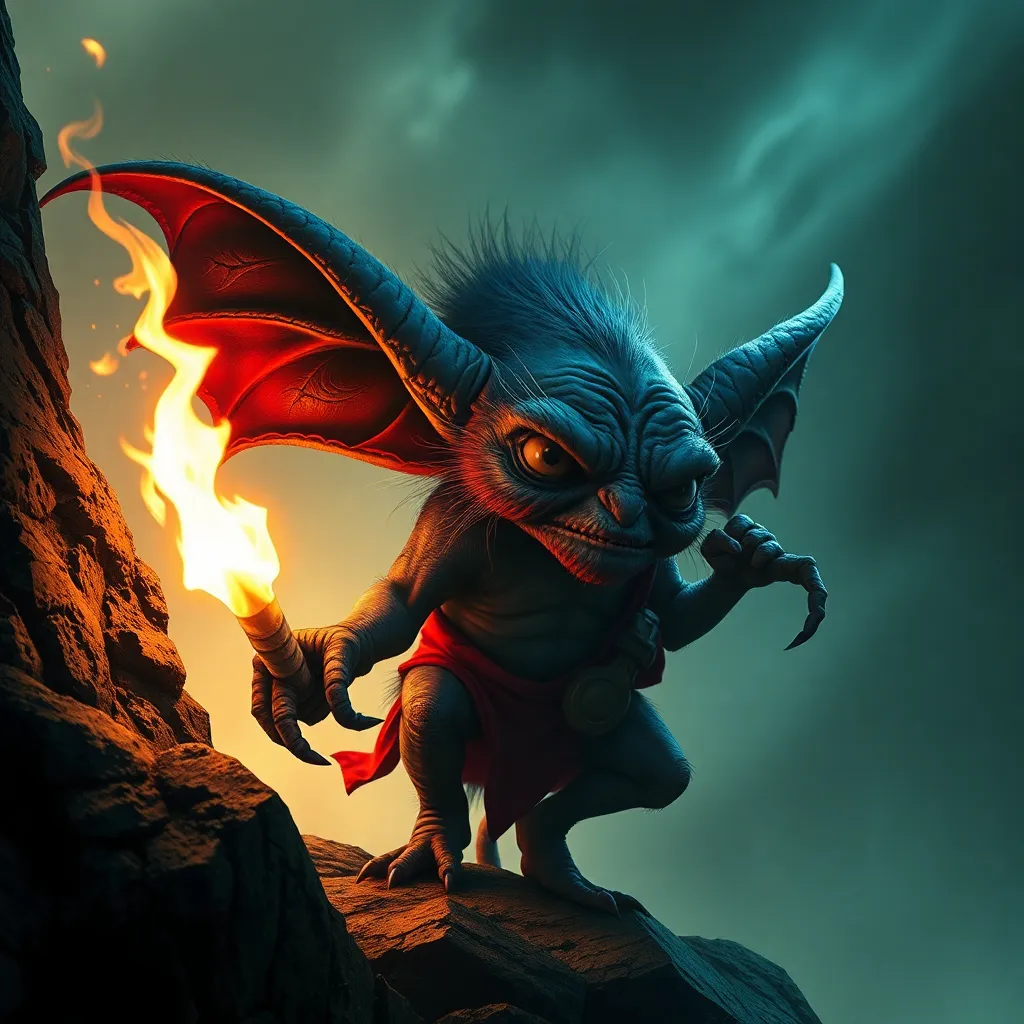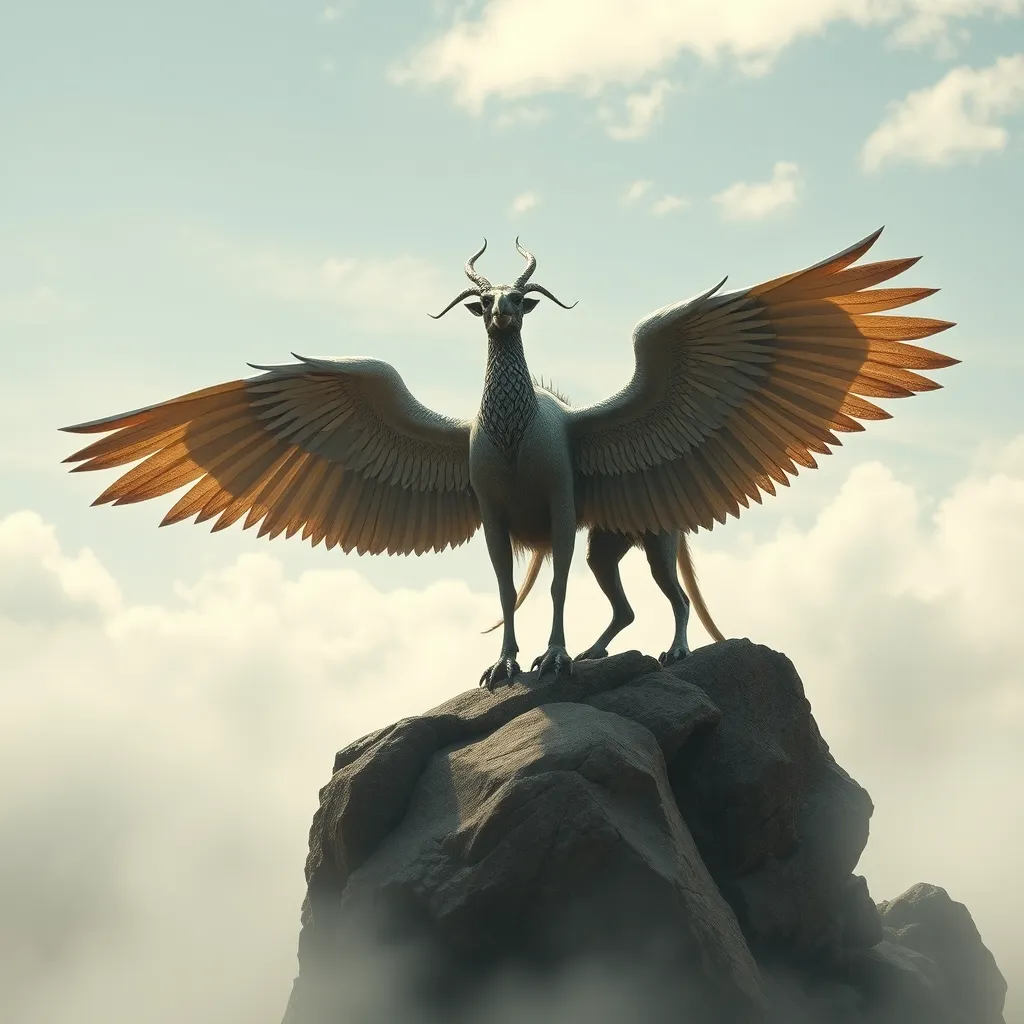The Gremlin’s Rituals: Exploring the Practices and Beliefs Associated with Gremlins
I. Introduction
Gremlins are mythical creatures that have captured the imagination of people around the world. Often depicted as mischievous and troublesome beings, the origins of gremlins can be traced back to early 20th-century folklore. They are particularly associated with aviation and machinery, where they are believed to cause malfunctions and accidents.
The cultural significance of gremlins extends beyond mere folklore; they embody the anxieties and fears associated with technology and the unknown. This article aims to explore the rituals and beliefs associated with gremlins, examining their historical context, common characteristics, and their representation in modern culture.
II. Historical Context of Gremlins
A. Emergence during World War II
The concept of gremlins emerged prominently during World War II, as pilots and mechanics began to attribute mechanical failures to these mythical creatures. The term gained popularity in the Royal Air Force, where pilots would joke about gremlins tampering with their planes, a way to cope with the stress and dangers of aerial combat.
B. Connection to aviation and machinery
Gremlins became synonymous with the challenges of aviation technology. As machinery became more complex, the idea that small, mischievous creatures could interfere with operations provided an anthropomorphic explanation for the unexpected breakdowns that often occurred. This connection solidified gremlins as a cultural phenomenon linked to the rise of modern technology.
C. Evolution of the gremlin myth over time
Over the years, the gremlin myth has evolved, incorporating elements from various cultures and expanding beyond its original context. As technology advanced, so did the portrayal of gremlins, from simple mechanical nuisances to more complex and varied representations in literature and film.
III. Common Beliefs and Characteristics
A. Traits and behaviors attributed to gremlins
Gremlins are typically characterized by their playful yet destructive behavior. Common traits include:
- Mischievousness: Gremlins enjoy causing chaos and confusion.
- Invisibility: They are often depicted as elusive, making them difficult to spot.
- Technical knowledge: Gremlins are believed to have an understanding of machinery, allowing them to sabotage equipment.
B. Variations in beliefs across different cultures
While gremlins are most associated with Western culture, similar entities exist in various traditions worldwide. For example:
- In Japan, the term “yokai” refers to supernatural beings that can cause mischief.
- In Scandinavian folklore, “trolls” are often blamed for accidents and misfortunes.
C. The role of gremlins in folklore and storytelling
Gremlins have inspired countless stories, serving as metaphors for human errors and technological failures. They often appear in cautionary tales, highlighting the importance of respecting technology and understanding its limitations.
IV. Rituals and Practices Associated with Gremlins
A. Traditional rituals to ward off gremlins
Throughout history, various rituals have been practiced to protect against gremlins. These include:
- Chanting protective spells before flying or operating machinery.
- Creating talismans from specific materials believed to ward off evil spirits.
B. Offerings and sacrifices to appease gremlins
In some cultures, people have made offerings to gremlins to avoid their wrath. These offerings can range from:
- Small tokens left near machinery.
- Food offerings placed at the base of aircraft.
C. Superstitions and taboos linked to gremlin encounters
Superstitions surrounding gremlins vary widely. Common beliefs include:
- Never fly with a broken mirror, as it attracts gremlins.
- Whistling while working on machinery can summon gremlins.
V. Gremlins in Popular Culture
A. Representation in films and literature
Gremlins have been featured in numerous films and books, most notably in the 1984 movie “Gremlins,” which portrayed them as cute yet dangerous creatures. This film played a significant role in shaping modern perceptions of gremlins.
B. Influence on modern interpretations of gremlin lore
Contemporary interpretations often blend traditional gremlin characteristics with new themes, such as technology and social media, reflecting society’s evolving fears and anxieties.
C. Analysis of the gremlin as a symbol in contemporary media
In modern media, gremlins symbolize the unpredictability of technology and the consequences of human folly. They serve as reminders of the chaotic nature of life, especially in an age dominated by machines and digital devices.
VI. Psychological and Sociological Perspectives
A. The role of gremlins in coping with technology-related fears
Gremlins can be seen as a coping mechanism for our fears surrounding technology. By personifying these fears, society can better understand and address anxieties related to technological failures.
B. Group dynamics and shared beliefs surrounding gremlins
Beliefs about gremlins can create a sense of community among those who share similar experiences or fears, fostering group dynamics that reinforce collective narratives about technology and its challenges.
C. Impact of digital culture on gremlin narratives
As digital culture evolves, so too do the narratives surrounding gremlins. The rise of the internet has enabled new stories and variations of gremlins to emerge, often reflecting contemporary issues such as cybersecurity threats and digital glitches.
VII. The Future of Gremlin Beliefs
A. How technology and innovation are reshaping gremlin myths
With advancements in technology, gremlin myths are likely to evolve further. As new technologies emerge, so will new interpretations of gremlins that reflect our changing relationship with machines.
B. Potential for new rituals and practices in modern society
Modern society may see the emergence of new rituals aimed at addressing fears surrounding technology. For example, tech companies might adopt practices that incorporate elements of folklore to foster a sense of safety among users.
C. The enduring appeal of gremlins in an evolving world
No matter how much technology advances, the appeal of gremlins as a cultural phenomenon is likely to endure. Their ability to encapsulate our fears and anxieties about machinery ensures that they remain relevant in our collective consciousness.
VIII. Conclusion
In summary, gremlins represent a fascinating intersection of folklore, technology, and culture. Their rituals and beliefs provide insights into how societies cope with the complexities of modern life. Understanding the practices associated with gremlins enhances our appreciation for the ways in which myths adapt and persist in contemporary culture.
As we continue to navigate the challenges of technology, the legacy of gremlins serves as a reminder of our fears, our creativity, and our enduring need to find meaning in the chaos of the modern world.



